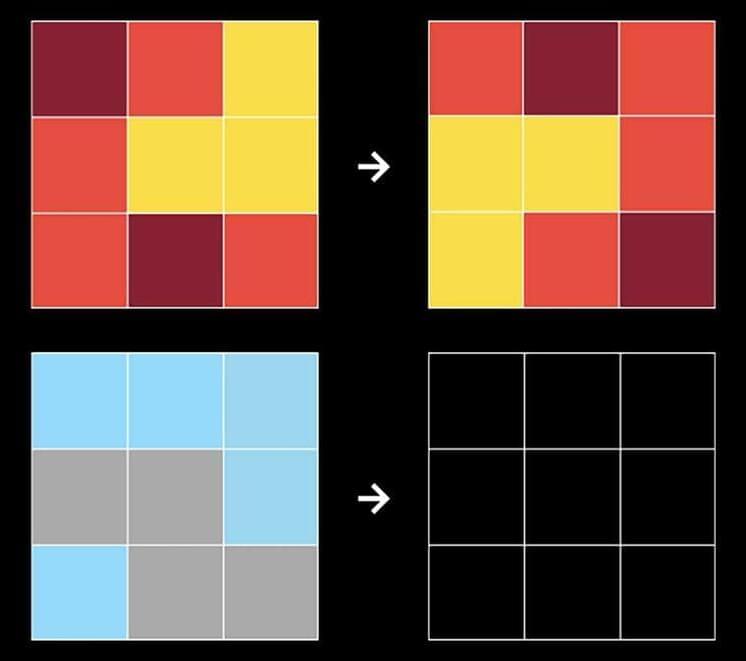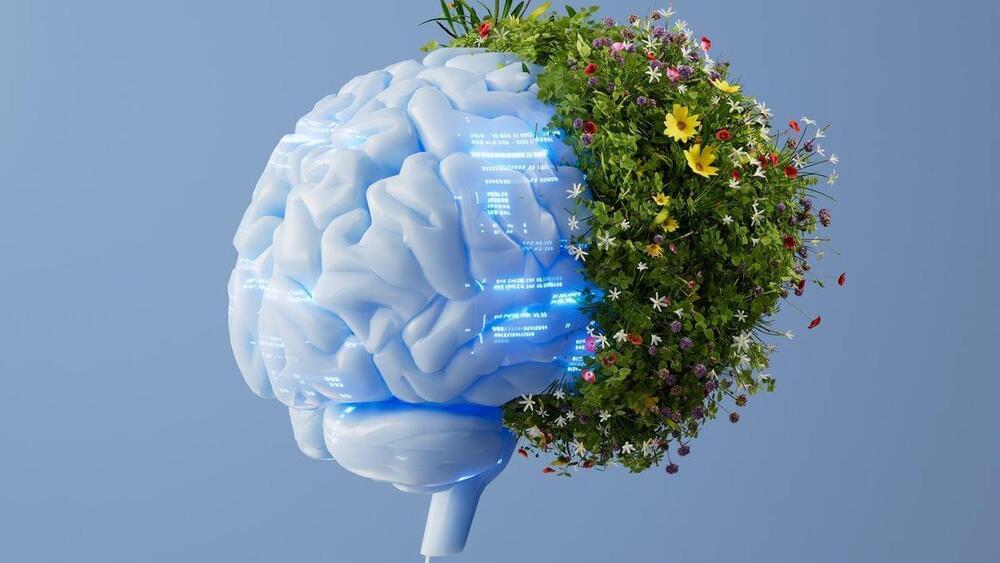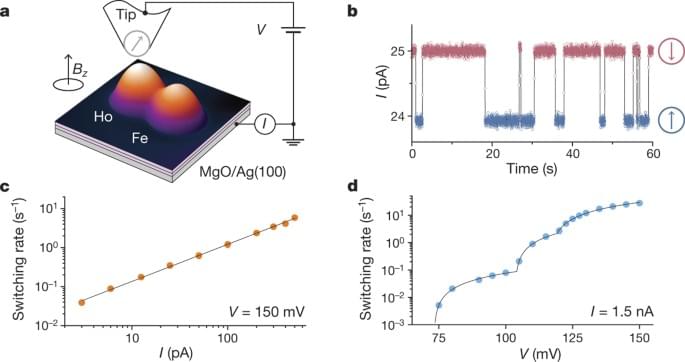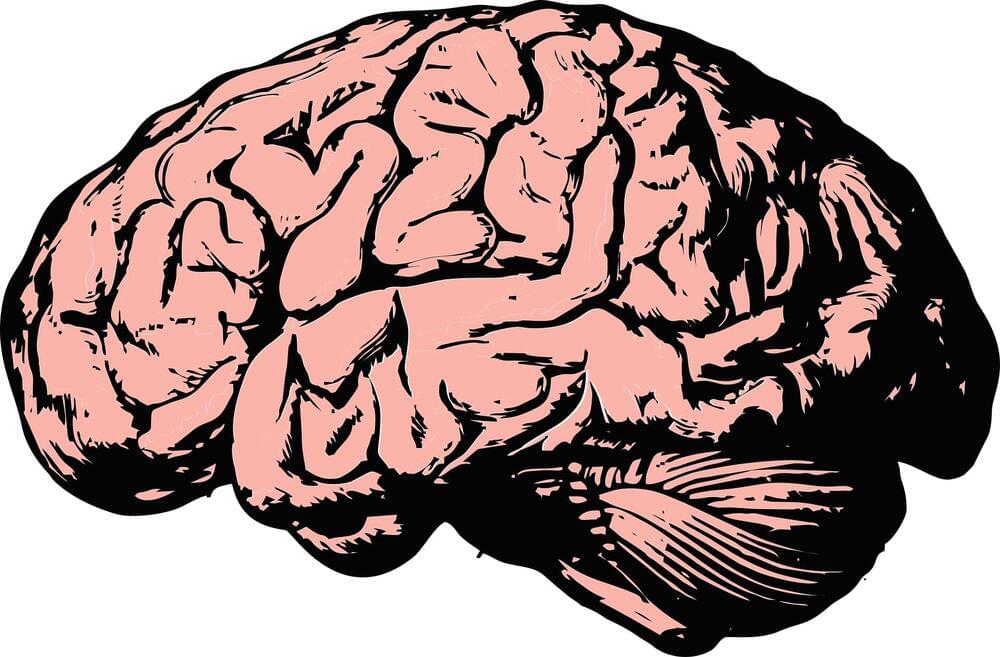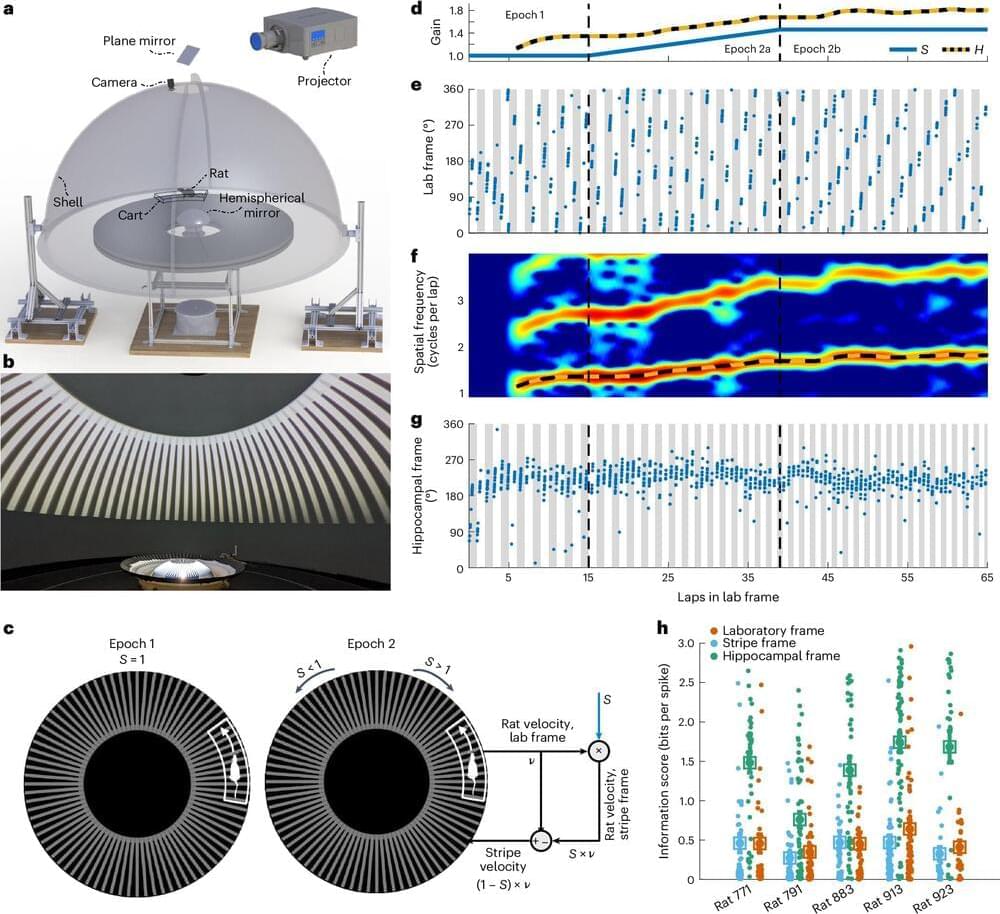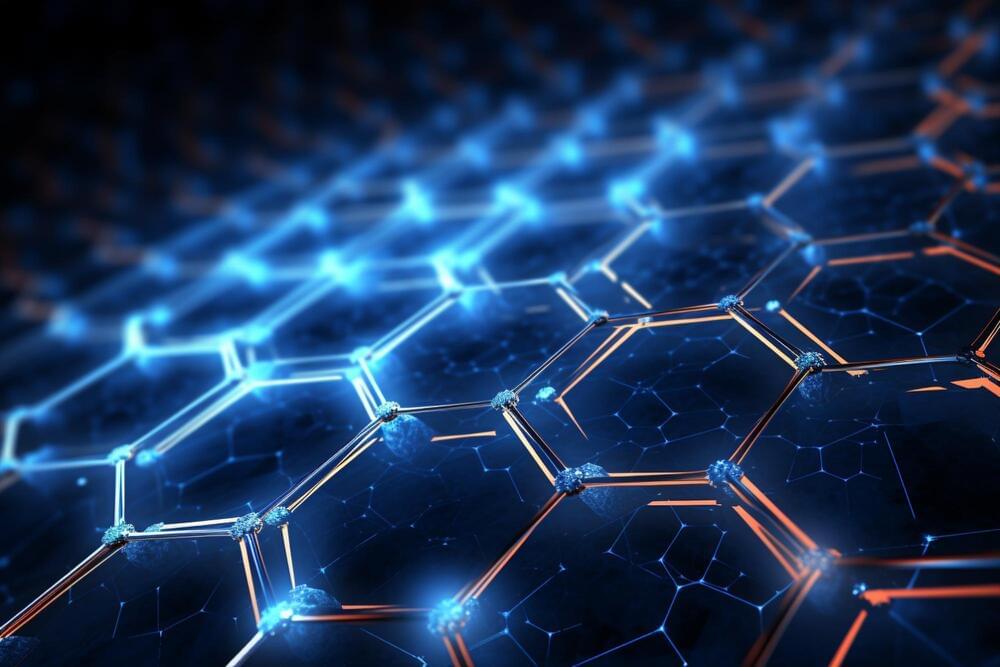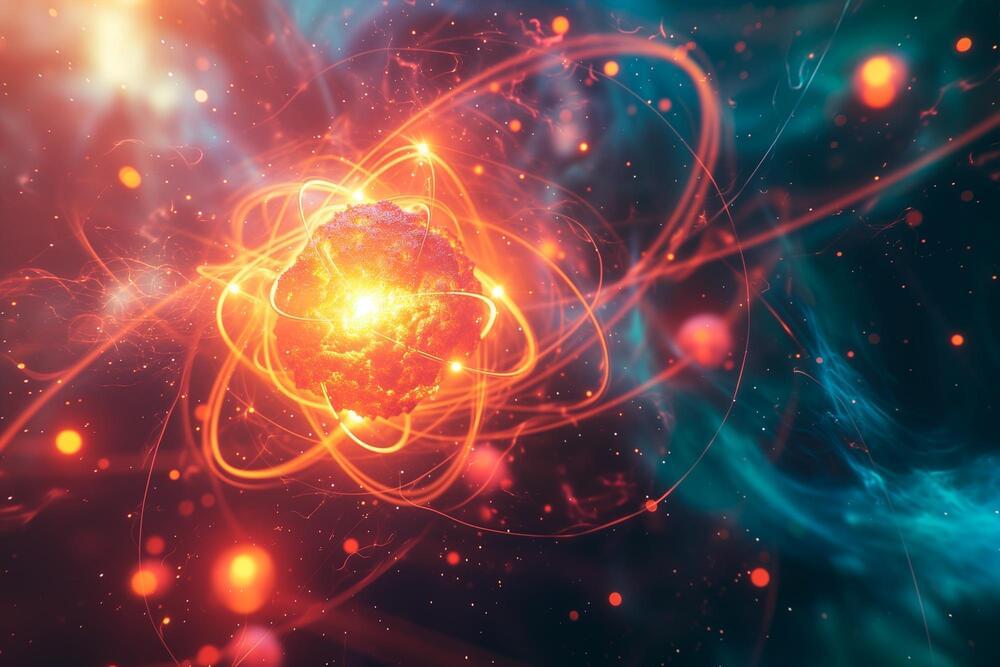
A research team led by Academician Du Jiangfeng and Professor Rong Xing from the University of Science and Technology of China (USTC), part of the Chinese Academy of Sciences (CAS), in collaboration with Professor Jiao Man from Zhejiang University, has used solid-state spin quantum sensors to examine exotic spin-spin-velocity-dependent interactions (SSIVDs) at short force ranges. Their study reports new experimental findings concerning interactions between electron spins and has been published in Physical Review Letters.
The Standard Model is a very successful theoretical framework in particle physics, describing fundamental particles and four basic interactions. However, the Standard Model still cannot explain some important observational facts in current cosmology, such as dark matter and dark energy.
Some theories suggest that new particles can act as propagators, transmitting new interactions between Standard Model particles. At present, there is a lack of experimental research on new interactions related to velocity between spins, especially in the relatively small range of force distance, where experimental verification is almost non-existent.

